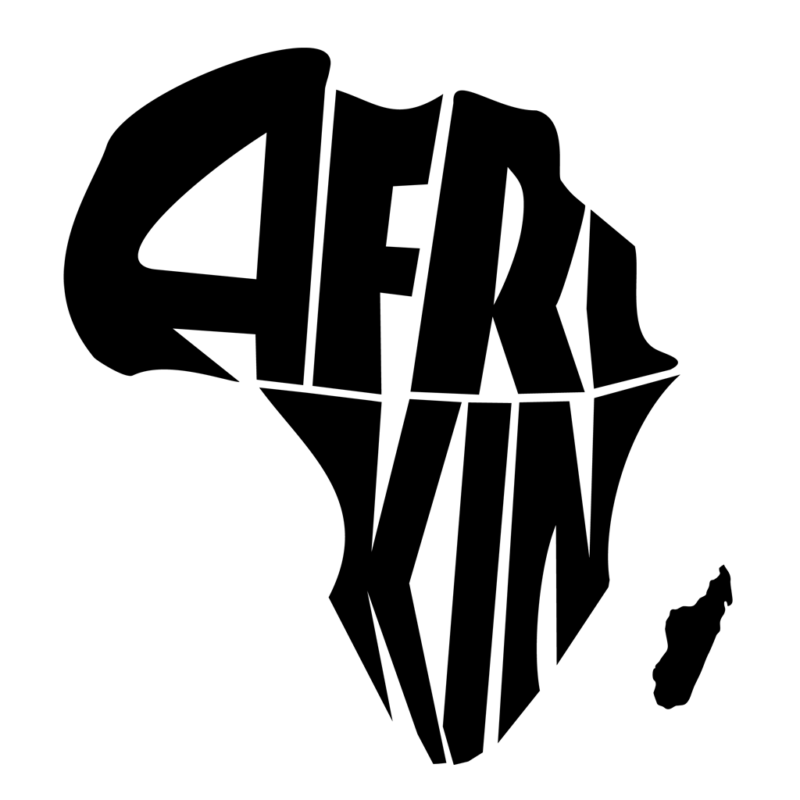The Beautyful Ones Are Not Yet Born
The 2022 AfriKin Art Exhibition
on the Occasion of Art Basel Miami/Miami Art Week
The Beautyful Ones Are Not Yet Born, a 1968 novel by Ayi Kwei Armah, was received as a loss of hope in a newly independent Black world. It became a hard-to-avert prophecy lamenting the limitations in our quest for full sovereignty. Still, the assessment of a frozen pessimistic gaze saw the novel as caught between cold war politics, ongoing struggles against apartheid in South Africa and the last breaths of dying colonialism — a denunciation of the greed and corruption that was tagged as genetically African. The focus on the characters incarnating this afro pessimism buried the most “beautyful” ones in the novel — The man! — the incorruptible, conscious, ethical leading character.
This 2022 AfriKin Art exhibition in Miamia is then about rereading — a praxis by African/Diasporic artists who know full well what is at stake in the process (beyond simple rehashing). The works assembled in this 2022 edition are expressions of the necessity of reappropriating a foundational African/Diasporic discourse from a critical perspective but one which re-defines beauty. By these means, The Beautyful Ones Are Not Yet Born articulates works that are conscious of the fallacy of social distance between the artists and their society. These are artists who assume transformation and the possibility of beauty as fundamental. Definitions of beauty are fundamental to the aesthetic.
The Beautyful Ones Are Not Yet Born is an initiative to which one doesn’t apply — an appeal or a request in the form of submitting something for consideration or approval. It is a selection — a process that results in the survival of an articulation — that leads to the perpetuation of the aesthetic qualities best suited for perpetuation in the examination and reevaluation of helpful knowledge. Thus, the rigor in rereading from this angle of seeing is not only textual, but also pictorial.
The black art artists assembled in this art exhibition have defied their otherness to enter mainstream art history. They question, “In whose eyes am I not beautiful?” The nature of its narrative reveals the underlying myth which disguises the contradictions inherent in its aims aesthetically, historically, and epistemologically.
In the end, the question of dialectical forms of visual languages in African/Diasporic contributes to creating a voice that is both authentic and Diasporic. The Beautyful Ones Are Not Yet Born engages in rereading of Diasporic ties which, while having genesis in the painful history of colonial dispossession, constitute a strategic aesthetic platform for our contemporary era. The aesthetic concern is examining the contradictions of how we define beauty and how we assess the new modes of being that are striving to be born.
